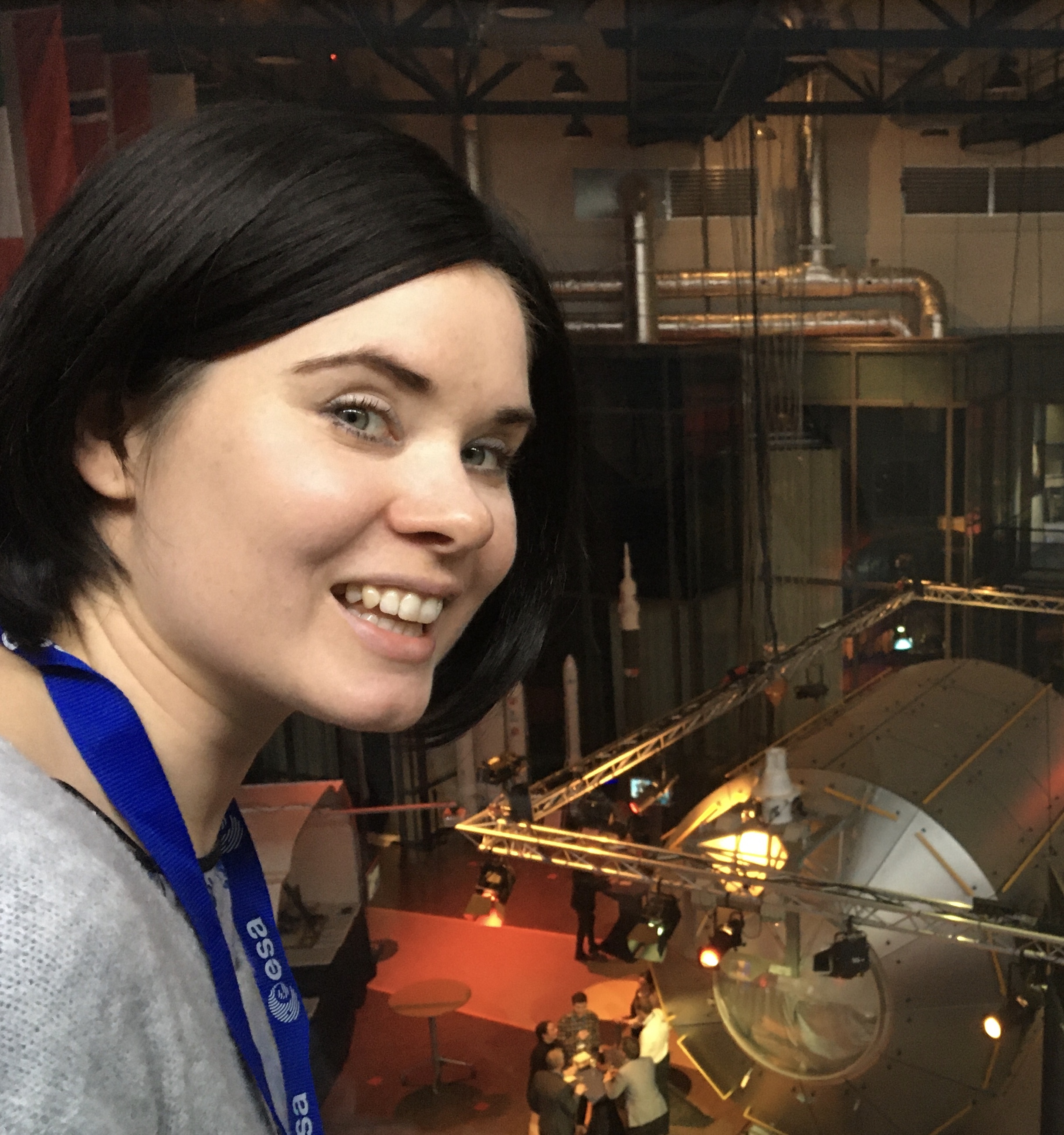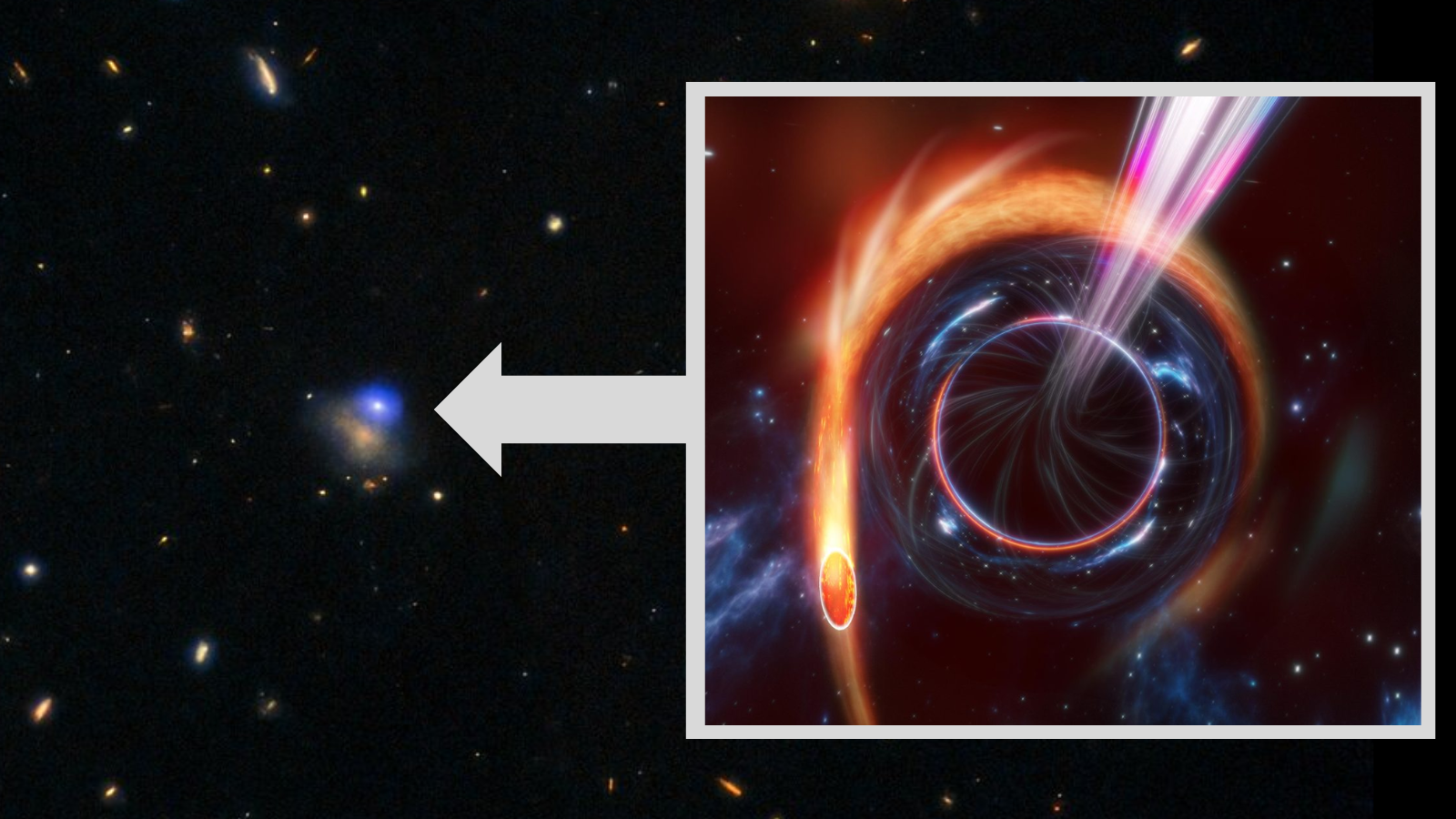Tereza is a London-based science and technology journalist, aspiring fiction writer and amateur gymnast. Originally from Prague, the Czech Republic, she spent the first seven years of her career working as a reporter, script-writer and presenter for various TV programmes of the Czech Public Service Television. She later took a career break to pursue further education and added a Master's in Science from the International Space University, France, to her Bachelor's in Journalism and Master's in Cultural Anthropology from Prague's Charles University. She worked as a reporter at the Engineering and Technology magazine, freelanced for a range of publications including Live Science, Space.com, Professional Engineering, Via Satellite and Space News and served as a maternity cover science editor at the European Space Agency.
Latest articles by Tereza Pultarova
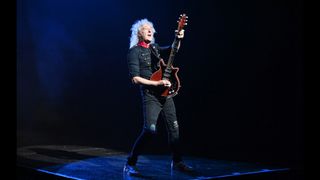
Queen guitarist Brian May to release a book of 3D images of asteroid Bennu
By Tereza Pultarova published
Queen guitarist and astrophysicist Brian May is about to release a book of 3D photographs of the near-Earth asteroid Bennu, based on images gathered by NASA's OSIRIS-Rex spacecraft.
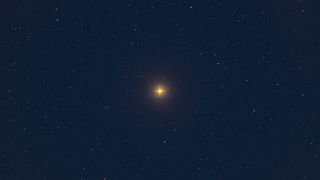
Is the puzzling star Betelgeuse going to explode in our lifetime after all?
By Tereza Pultarova published
A new unpublished study is making waves on the internet, claiming that one of the brightest stars in the night sky might die in a spectacular explosion within our lifetime.
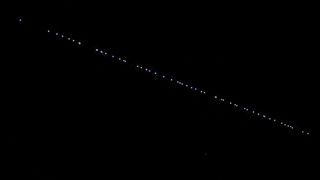
SpaceX Starlink satellites had to make 25,000 collision-avoidance maneuvers in just 6 months — and it will only get worse
By Tereza Pultarova published
Exponential growth in Starlink orbital collision avoidance maneuvers in the past six months is sparking concerns over the long-term sustainability of satellite operations.
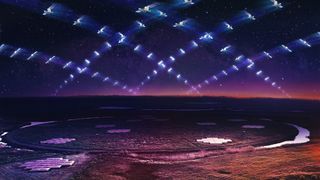
SpaceX's Starlink internet satellites 'leak' so much radiation that it's hurting radio astronomy, scientists say
By Tereza Pultarova published
Hum from onboard electronics that power SpaceX's internet-beaming Starlink satellites may disturb radio astronomy observations, a new study has found.
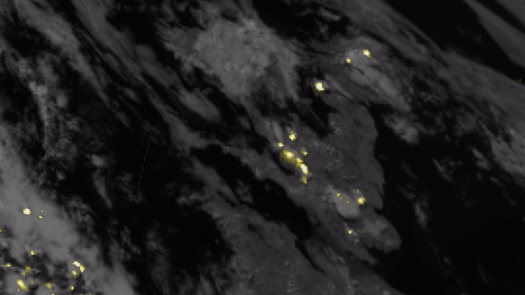
Watch lightning crackle over Europe and Africa in stunning video from powerful new weather satellite
By Tereza Pultarova published
Stunning first videos from a new space-borne instrument designed to improve the monitoring of thunderstorms show the crackle of lightning over Europe, Africa and the Atlantic Ocean.
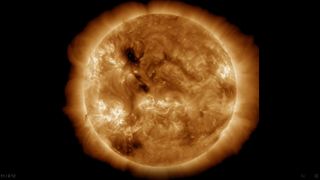
Sun breaks out with record number of sunspots, sparking solar storm concerns
By Tereza Pultarova published
The sun has produced 163 sunspots in June, the highest monthly number in more than two decades, sparking concerns that Earth may soon face space weather trouble.

We have never seen dark matter and dark energy. Why do we think they exist?
By Tereza Pultarova published
We have never seen dark matter and dark energy, so why do we think they exist? And what would happen if Europe's new space telescope Euclid finds evidence that they don't exist after all?
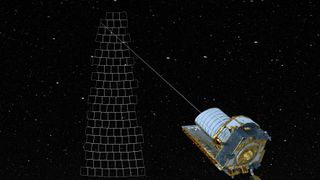
How will Europe's Euclid space telescope see into the dark universe?
By Tereza Pultarova published
Europe's Euclid telescope is heading to space to prove whether hypothetical dark energy and dark matter really exist. The mission's findings may rewrite cosmology textbooks.
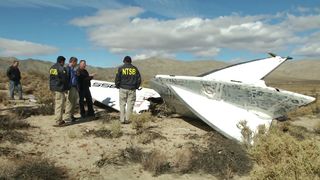
Space tourism companies might learn a lesson from the Titan sub disaster. But are they ready to listen?
By Tereza Pultarova published
The tragedy of the Titan submersible might usher in a sea change in the tolerance of unclear hazard mitigation practices in space tourism companies.
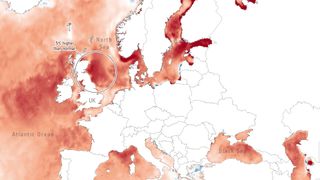
Satellites observe record-breaking marine heatwave hit North Atlantic
By Tereza Pultarova published
Ocean water temperatures around the U.K. and Ireland are over 9 degrees Fahrenheit (5 degrees Celsius) above long-term averages for this part of the year.
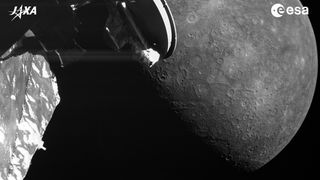
Watch Mercury roll by in a stunning sequence from BepiColombo probe (video)
By Tereza Pultarova published
The European-Japanese BepiColombo spacecraft took this stunning sequence of images of its target planet Mercury during a gravity assist flyby designed to alter its speed.

Watch sunlight dance across Earth from solstice to solstice in this gorgeous video
By Tereza Pultarova published
An amazing new video demonstrates how Earth's tilt changes throughout the year, causing the day to lengthen and shorten from north to south as the planet orbits the sun.
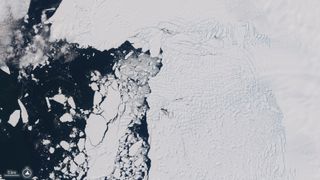
Climate change hits Antarctica hard, sparking concerns about irreversible tipping points
By Tereza Pultarova published
The extent of sea ice surrounding Antarctica has fallen to a historic minimum this year, triggering concerns that the pristine polar continent might be reaching a climate change tipping point.

European probe captures stunning up-close views of planet Mercury during brief flyby (video, photos)
By Tereza Pultarova published
Europe's Mercury-bound probe BepiColombo made its third close flyby of its target planet on Monday (June 19), revealing a surface riddled with craters, including one that just received a name.
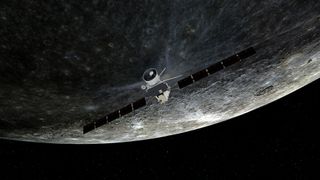
Europe's BepiColombo spacecraft zooms within 150 miles of Mercury in close flyby
By Tereza Pultarova published
Europe's Mercury probe BepiColombo will take a close look at its target planet on Monday (June 19), and we can expect some exciting new images soon after that.
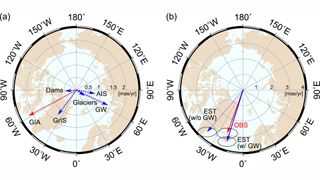
Humans are pumping out so much groundwater that it's changing Earth's tilt
By Tereza Pultarova published
The way humans pump groundwater from the planet's interior has changed Earth's tilt by 31.5 inches (80 centimeters) between 1993 and 2010.
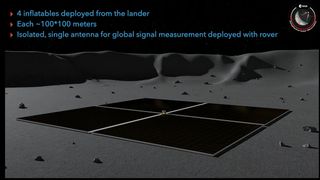
Inflatable moon telescope could peer into universe's Dark Ages
By Tereza Pultarova published
European scientists are developing an inflatable radio telescope concept that could do groundbreaking science on the moon.
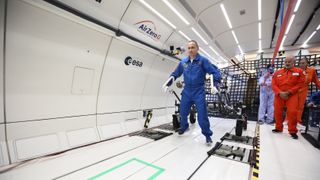
Watch scientists turn an aircraft into a moon gravity research lab (video)
By Tereza Pultarova published
European scientists are turning an aircraft into a laboratory that simulates lunar gravity to prepare astronauts and technology for future moon landings as part of the NASA-led Artemis missions.
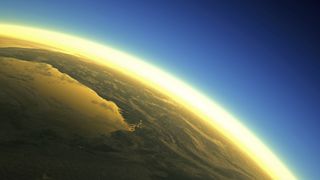
Earth is getting hotter at a faster rate despite pledges of government action
By Tereza Pultarova published
Average global temperatures are rising at an ever faster rate despite pledges of world leaders to tackle climate change, a new study has revealed.
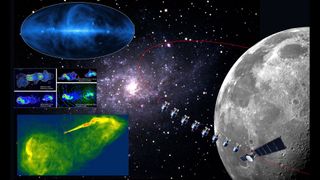
China wants to launch a moon-orbiting telescope array as soon as 2026
By Tereza Pultarova published
China wants to put a small constellation of satellites in orbit around the moon to create a radio telescope that would open a "new window" into the universe.
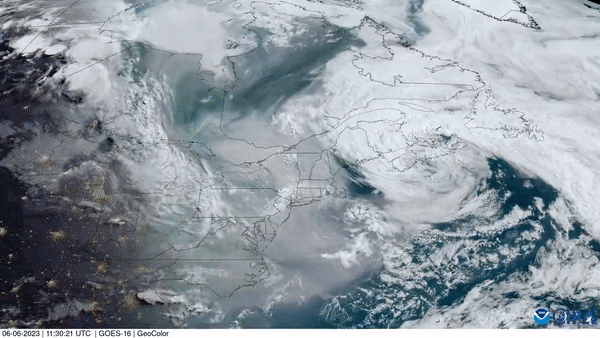
Satellite photos show US East Coast engulfed by smoke from Canadian wildfires
By Tereza Pultarova published
The U.S. Northeast woke up to a "horribly smoky day" on Wednesday (June 7) as a low-pressure system funnels toxic smoke from wildfires in Canada across the Atlantic Coast.
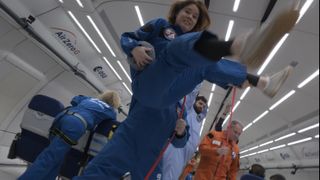
How I learned to 'walk on the moon' while flying at 30,000 feet on a stomach-churning airplane ride (video)
By Tereza Pultarova published
Parabolic flights produce reduced gravity by following a wild trajectory of steep climbs and nerve-racking dives. The experience is out of this world, but for this reporter it had its challenges.
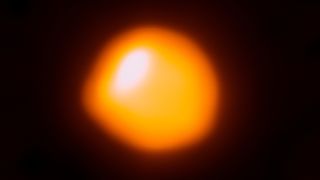
Betelgeuse: A guide to the giant star sparking supernova hopes
By Tereza Pultarova last updated
Reference One of the brightest and largest stars in the sky, Betelgeuse is known for its erratic behavior that sometimes prompts speculations that it might soon explode in a supernova.
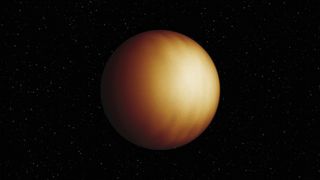
James Webb Space Telescope finds water in super-hot exoplanet's atmosphere
By Tereza Pultarova published
The James Webb Space Telescope spotted water in the atmosphere of the exoplanet WASP-18 b, which reaches nearly 5,000 degrees Fahrenheit (2,700 degrees Celsius).
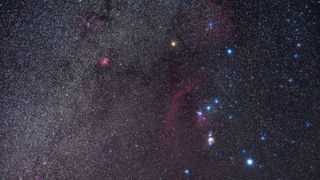
Odd supergiant star Betelgeuse is brightening up. Is it about to go supernova?
By Tereza Pultarova published
One of the brightest stars in the night sky has been getting oddly brighter, prompting speculations that it might soon explode in a supernova. Can we really expect that celestial spectacle?
Breaking space news, the latest updates on rocket launches, skywatching events and more!
